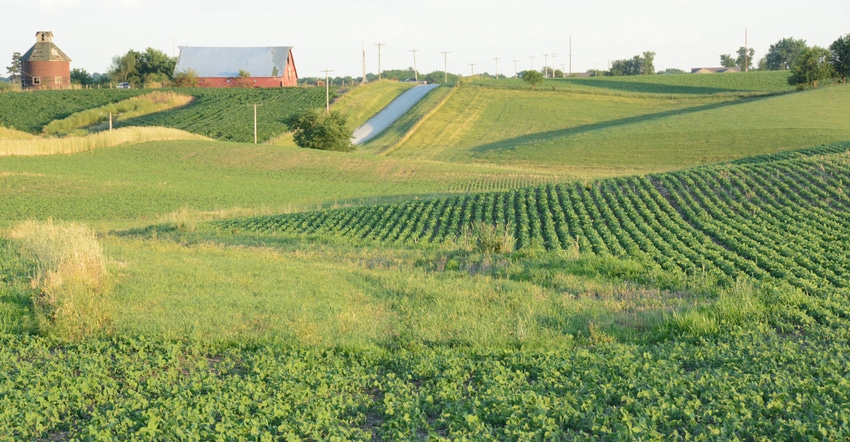May 11, 2020

What should you plant to attract wildlife? It’s a great question that I get occasionally.
I’d suggest three main factors to consider when deciding what type of habitat you’d like to create:
type of wildlife you want to attract
kind of habitat you already have nearby
habitat type your region supports
Once you have those issues worked out, you can then start on what you need to do to either create or enhance habitat. Even though you have a lot of flexibility, you must be reasonable about the wildlife species you want to attract. You may be interested in polar bears and concerned about their loss of habitat. Even though Midwest winters can get pretty darn cold, consideration No. 3 will outweigh No. 1. So, you may need to start with a little homework about your local wildlife.
Let’s say you’d like to attract northern cardinals because you like their striking red color, you love their distinctive song, they’re the state bird of Illinois, and they represent your favorite sports team. With just a little bit of homework, you’ll learn you are in luck! Cardinals are quite common, so it shouldn’t be too hard to get them to come around your yard. Now you just need to think about where they like to live and what they like to eat. In your research, you’ll discover they like to nest in thick bushes or along edges of forest. If you aren’t close to a forest and you don’t want to wait for one to grow, planting a few shrubs is a good place to start.
I like to use native plants whenever I can. Elderberry, hydrangea, buttonbush and chokeberry are good examples of dense shrubs, native to this region. Once you know where cardinals like to hang out, research what they eat. Cardinals have a varied diet of seeds and insects. A couple of those native shrubs provide fruit, and cardinals just love sunflower seeds, too. You can grow sunflowers yourself (there are some very pretty varieties) or include them in your bird feeder mix.
Cardinals readily visit bird feeders, and they don’t migrate, so you can enjoy seeing them year-round. Remember to put feeders out of reach of predators. While I call it feeding the birds, my cat calls it bait. You usually don’t have to worry about whether there are enough insects around for birds to eat. In Illinois, the bugs will find you. You may also need to consider providing water for birds. As I’ve mentioned several times, we usually get plenty of rainfall around here, but if there isn’t a watercourse or pond nearby, adding a water feature to your landscape could help a lot — even if it’s just a birdbath.
This is a simplistic example, but you can follow the pattern for other species as well. I like the “study” aspect, but if you aren’t as interested in studying, you can take a different approach. You don’t even have to have an animal species in mind. You could just decide what kind of vegetation you like, and then sit back and watch what shows up. If you miss homework though, you could do a little bit of studying up on what types of animal species are attracted to the habitat you’ve decided to create and then compare your results to what was expected.
It doesn’t have to be complicated, but it doesn’t have to be fortuitous either. The bottom line is, creating habitat and attracting wildlife to your yard can be done, and I think you will enjoy it if you do.
Dozier is the Illinois state conservationist. Direct comments or questions to [email protected]. The opinions of this writer are not necessarily those of Farm Progress/Informa.
About the Author(s)
You May Also Like




